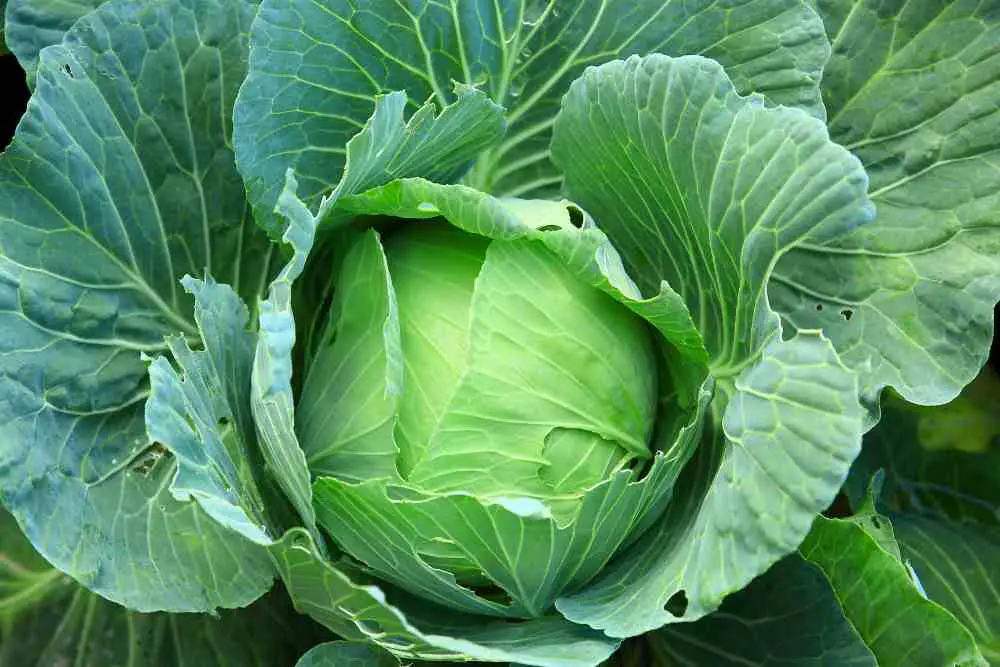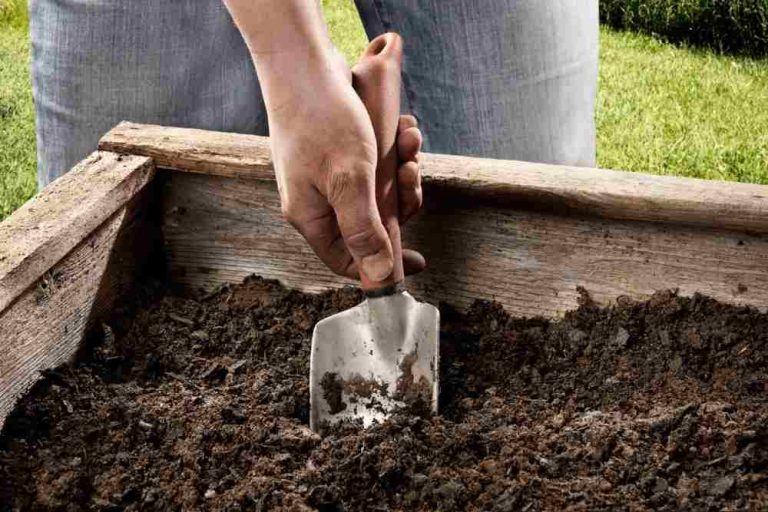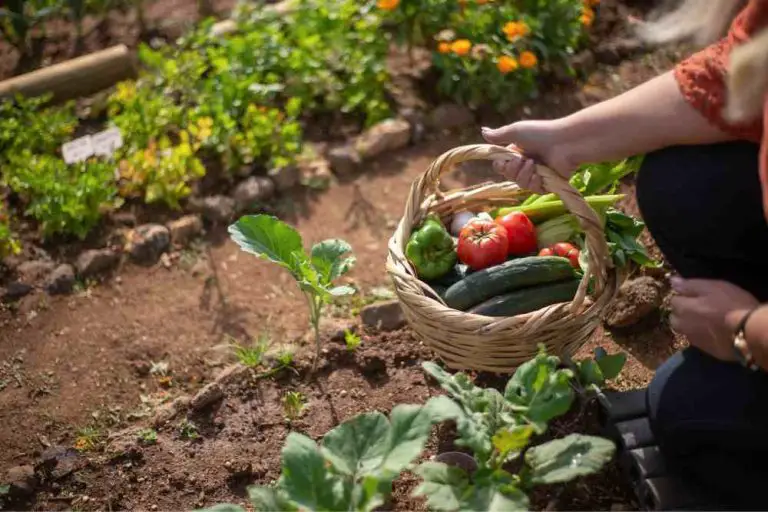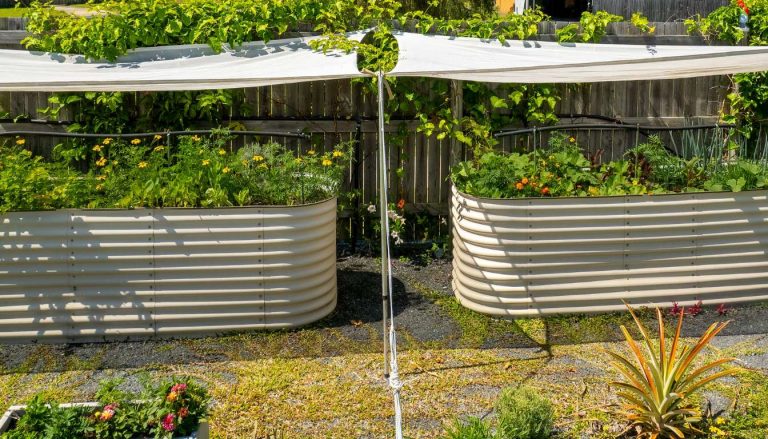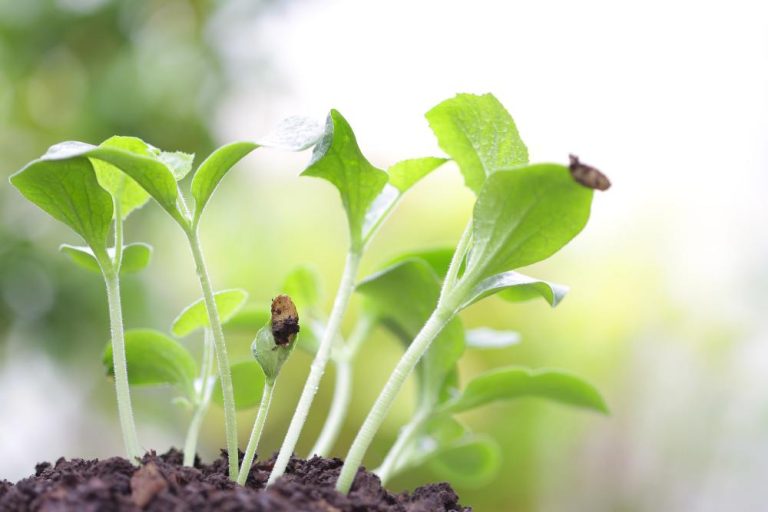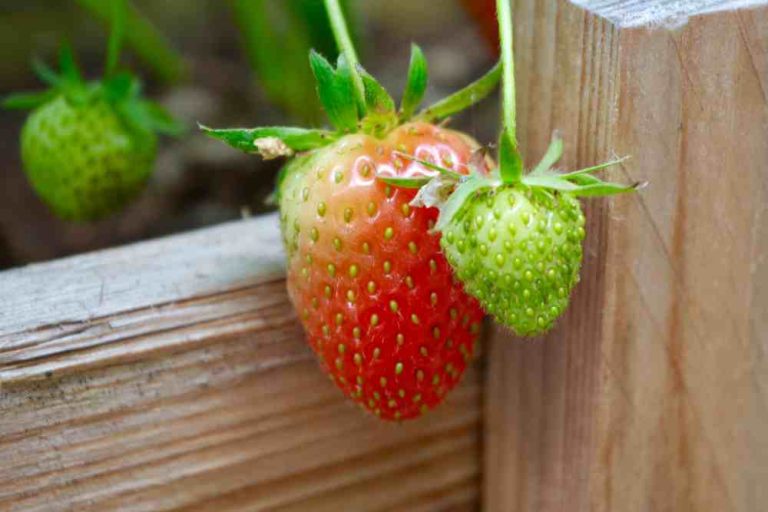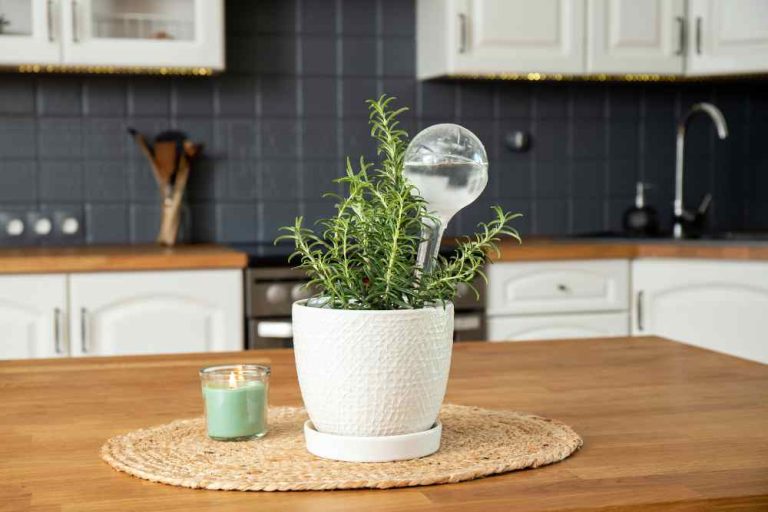Growing Cabbage: A Comprehensive Guide for Successful Cultivation
Cabbage is a biennial plant grown as an annual vegetable crop and high in nutritional value. It’s a good source of vitamin K, vitamin C, and dietary fibers. Cabbage heads generally range from 0.5 to 4kg and the head can be purple, green, or white. Cabbage is a cool vegetable suitable for spring and autumn. Cabbage can be grown almost anywhere and has long been revered for its storage and hardness.
Growing cabbage can be difficult for a beginner grower if you do not have the right conditions; it only prefers cold temperatures and can be a magnet for certain types of insect pests. There are several cultivar groups of cabbage such as savoy, white, green, red, and cauliflower.
When Growing Cabbage?
If the seeds are starting to germinate at home, sow 1/4 inch deep 6 to 8 weeks before last spring. For the autumn harvest, sow the seeds directly outside (or by sowing plants) in mid-summer. If hot weather can make it difficult to grow traditional cabbage, try the Oriental and Savoy cabbage varieties. These species are often consistent producers when grown in hot climates such as the Arizona desert.
Spring Planting
Start the cabbage at home if you plant it in the spring with the summer harvest. Although the seeds germinate at low soil temperatures, cabbage seedlings are susceptible to frost. If you wait until the weather, and sow the seeds in the spring, the crop will ripen during the hottest time of summer, which leads to poor quality.
Where to Grow Cabbage?
For the healthiest growth of cabbage, they need an open, sunny site and rich soil. The bed needs to be improved with compost or well-rotted manure and raked into the ground at planting time. The soil needs good moisture.

When you sow seeds it depends on what type of cabbage you’re growing. Summer cabbages are planted initially in mid-spring, followed by autumn and winter cabbages later in the season. Spring cabbages are planted in the second half of the summer and harvested the next year.
Drills should be about a half-inch (1 cm) deep and six inches (15 cm) apart. To get clean, straight rows, use a string line. Thinly sow the seeds down the row, then cover and water. Once the seedlings grow up to a couple of inches, thin them out (5cm).
Start seedlings in plug trays of all-purpose potting soil undercover. Sow two to three seeds per cell at a depth of half an inch (1 cm). Thin to leave just one seedling per cell once they’ve germinated, or plant into trays or pots, then move the best seedlings into individual cells or pots to grow on.
Transplanting Cabbage
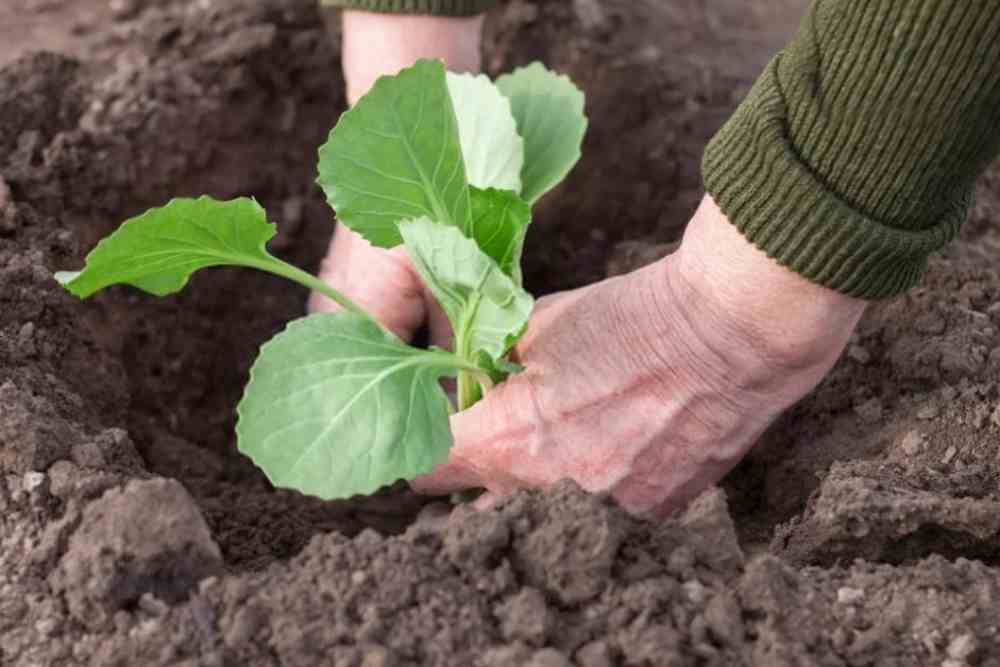
About six weeks after sowing the seedlings are ready to transplant. The seedling should have at least three to four adult leaves. Spring cabbage should be transplanted no later than early fall to allow them to establish themselves before the winter comes in. Leaving about 18 inches between each seedling.
Plant your seedlings into prepared ground. Firmly plant your cabbages, then water generously to settle the dirt around the roots. Seedlings should be pulled from the seedbed with as much soil surrounding their roots as necessary. This reduces root disturbance and allows the seedling to swiftly adjust to their new growth environments.
Tips For Growing Cabbage
- Use a mask in the heat of summer to cool the young plants.
- Use seasonal extensions such as row covers to start early in the spring and/or keep the plants from growing later in the fall.
- Crops are rotated regularly to maintain soil fertility and reduce the risk of disease.
- Do not plant cabbage next to other brassicas, it will attract the same insects and diseases.
Cabbage Harvesting and Storaging
Harvest cabbage when its head reaches the desired size and firm. The mature head may be separated from the handle. It takes about 70 days to mature for most green cabbage varieties and most produce 1 to 3-pound heads. For harvesting, cut with a sharp knife the head of each cabbage at the base. Remove any yellow leaves. When the heads are large, they are in danger of splitting before harvest.
Cabbage can be stored in the refrigerator for up to two weeks, wrapped in plastic wrap. Make sure it is dried before storing it. Under the right conditions of the roots, the cabbage holds up to 3 months.
Cabbage can last for several months, but only in cold and humid conditions: 32° F to 40° F and 95% humidity. It’s colder and more humid than a refrigerator, and it’s difficult for most home growers. If you want to store cabbage, you need a root hole.
Growing Cabbage in Winter
The varieties of cabbage that hold best have a better cold tolerance and start the next season. Winter cabbages have smaller heads and are more difficult to work with.
Sow seeds directly in prepared beds in mid-summer. Some growers may wonder when to plant cabbage in the winter. While you are still waiting for the middle of summer, you can sow at any time until the end of summer or early autumn in mild weather. The seeds will germinate at temperatures below 40° C.
You can start sowing in the home or sowing directly in late July to early August. Young cabbages can burn in strong sunlight, so give them a mask. This will help protect them from cabbage flies and other insects as well.
It is not possible to keep cabbage during the winter in some areas. You need to prune heads at the beginning of winter when the temperature drops to prevent splitting. Also, try to plant cabbage in containers. They yield well in huge pots and have shallow roots.
Cabbage Pests
Cabbage Loopers
These small, common, and aggressive pests can appear at any time during the growing season and can quickly penetrate the leaves, making the plant damaged and weak.
Flea Beetles
A flea beetle is a small jumping insect that chews small holes in leaves. They spend the winter in the ground and are active in the spring when the leaves begin to emerge. Look for small white eggs around the base of the plant or in the ground.
Cabbage Diseases
Alternaria Leaf Spot
Alternaria leaf spots are caused by two species of fungi, Alternaria brassicicola, and A. brassicae. Both of these species are well known for growing leaves with aged fat, but these fungi can also damage the base of the open head.
Blackleg
Blackleg is caused by a fungus, Phoma lingam, and damages the roots of many types of crops. Young seedlings may have pale and irregular spots on the leaves or stems, which may be round or oval with a gray center.
Cabbage appears to attract common pests and diseases. Insects such as cabbage worms, worms, snails, and snails can damage young leaves. Aphids are a sign of water or stress. The use of combined methods is effective in the prevention and treatment of pests.
- Plant onions, radish, and nasturtium next to the cabbage to prevent pests.
- Use a cover while the plants are still young.
- Bring caterpillars every morning and night.
- 29 Bucket Gardening Ideas for a Lush, Compact Garden - October 30, 2024
- 20+ Chic Boho Bedroom Ideas for a Cozy and Stylish Retreat - June 20, 2024
- 12+ Modern Boho Living Room Ideas to Create a Unique Oasis - June 10, 2024

